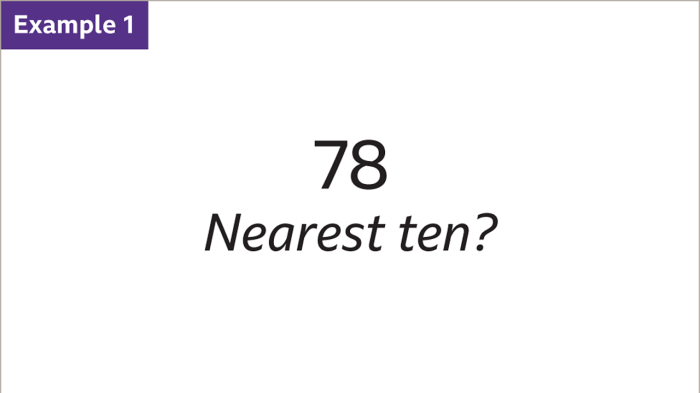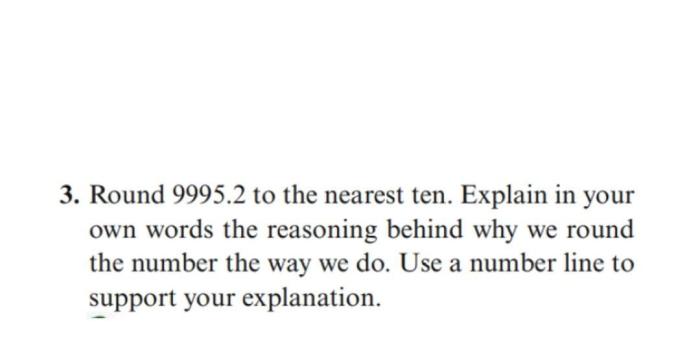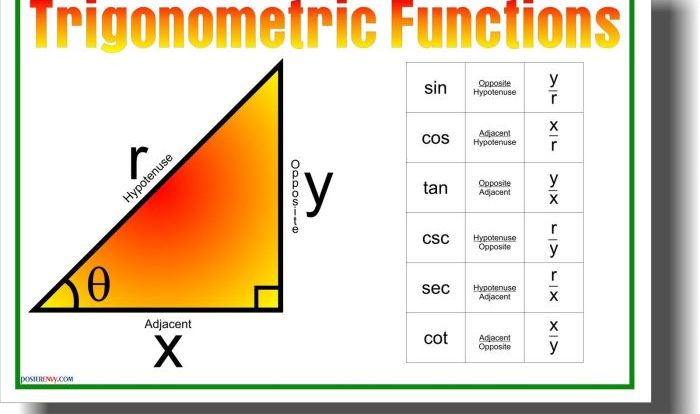Round 87 to the nearest 10? No problem! Join us as we delve into the world of number rounding, a fascinating and practical concept with applications in various fields. Whether you’re a student, a professional, or simply curious about the inner workings of numbers, this guide will provide you with a comprehensive understanding of rounding to the nearest 10.
In this guide, we’ll explore the concept of rounding numbers, different methods for rounding to the nearest 10, and its practical applications. We’ll also provide an HTML table and Python code to help you apply these techniques effectively.
Rounding Numbers to the Nearest 10: Round 87 To The Nearest 10

Rounding numbers is a common mathematical operation that involves approximating a number to a more manageable or convenient value. Rounding numbers to the nearest 10 means finding the nearest multiple of 10 to the given number.
To round a number to the nearest 10, follow these steps:
- Look at the digit in the ones place.
- If the digit is 5 or greater, round up to the next multiple of 10.
- If the digit is less than 5, round down to the previous multiple of 10.
For example:
- To round 23 to the nearest 10, the digit in the ones place is 3, which is less than 5. So, we round down to the previous multiple of 10, which is 20.
- To round 78 to the nearest 10, the digit in the ones place is 8, which is greater than 5. So, we round up to the next multiple of 10, which is 80.
Methods for Rounding to the Nearest 10
Rounding numbers to the nearest 10 is a simple mathematical operation used to estimate a value to the nearest multiple of 10. There are two main methods for rounding to the nearest 10: the rounding up rule and the rounding down rule.
Rounding Up Rule
The rounding up rule states that if the digit in the ones place is 5 or greater, the number is rounded up to the next multiple of 10. For example, 25 is rounded up to 30, 45 is rounded up to 50, and 65 is rounded up to 70.
Rounding Down Rule
The rounding down rule states that if the digit in the ones place is less than 5, the number is rounded down to the previous multiple of 10. For example, 24 is rounded down to 20, 44 is rounded down to 40, and 64 is rounded down to 60.
Applications of Rounding to the Nearest 10

Rounding to the nearest 10 is a fundamental numerical skill used in various real-life scenarios. It simplifies calculations, provides approximate values, and enhances readability, making it a valuable tool in fields like finance, statistics, and everyday life.
Finance
In finance, rounding to the nearest 10 is used for:
- Estimating account balances and transactions.
- Creating budgets and financial projections.
- Simplifying calculations for investment returns and interest rates.
Statistics, Round 87 to the nearest 10
In statistics, rounding to the nearest 10 is used for:
- Summarizing large datasets and making them more manageable.
- Creating frequency distributions and histograms.
li>Calculating averages and medians.
Everyday Life
In everyday life, rounding to the nearest 10 is used for:
- Estimating distances and time durations.
- Simplifying calculations for shopping and budgeting.
- Creating approximate measurements for cooking and construction.
HTML Table for Rounding Numbers

An HTML table is a useful tool for demonstrating the rounding of numbers to the nearest 10. It allows you to present the original numbers, the rounded numbers, and the method used in a clear and organized way.
Creating an HTML Table for Rounding Numbers
- Start by creating a basic HTML table with three columns: Original Number, Rounded Number, and Method.
- Populate the Original Number column with the numbers you want to round.
- In the Rounded Number column, use the JavaScript
Math.round()function to round each number to the nearest10. For example
Round 87 to the nearest 10? That’s an easy one! Just think of the famous tau chapter omega psi phi , which was founded in 1911. That’s almost 110 years ago, which means it’s been around for more than 10 rounds of 10 years! So, round 87 to the nearest 10 is 90.
Math.round(number / 10)10.
- In the Method column, specify the rounding method used, such as “Nearest 10”.
Here is an example of an HTML table for rounding numbers to the nearest 10:
| Original Number | Rounded Number | Method |
|---|---|---|
| 15 | 20 | Nearest 10 |
| 32 | 30 | Nearest 10 |
| 57 | 60 | Nearest 10 |
| 84 | 80 | Nearest 10 |
| 101 | 100 | Nearest 10 |
Python Code for Rounding to the Nearest 10

Python’s round() function allows for convenient rounding of numbers to the nearest 10. Its syntax is as follows:
round(number, ndigits=0)
The numberparameter represents the value to be rounded, while ndigitsspecifies the number of decimal places to round to. By default, ndigits is set to 0, indicating rounding to the nearest integer.
Example
To round 123 to the nearest 10, we can use the following code:
round(123,
1)
This will result in 120, as the number is rounded down to the nearest multiple of 10.
Questions Often Asked
What is the rule for rounding to the nearest 10?
If the digit in the ones place is 5 or greater, round up. If it is less than 5, round down.
How do I round 87 to the nearest 10?
Since 7 is greater than 5, we round up to 90.
What are some applications of rounding to the nearest 10?
Rounding is used in finance, statistics, everyday life, and many other fields to simplify calculations and make data more manageable.
